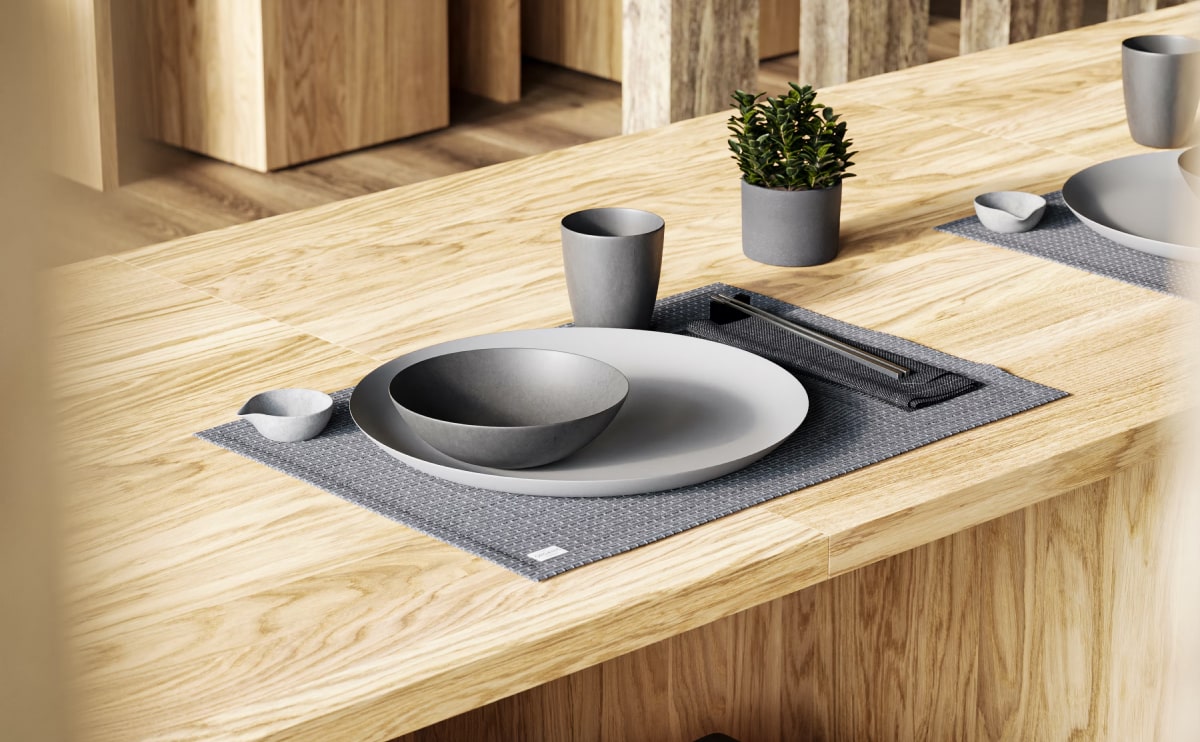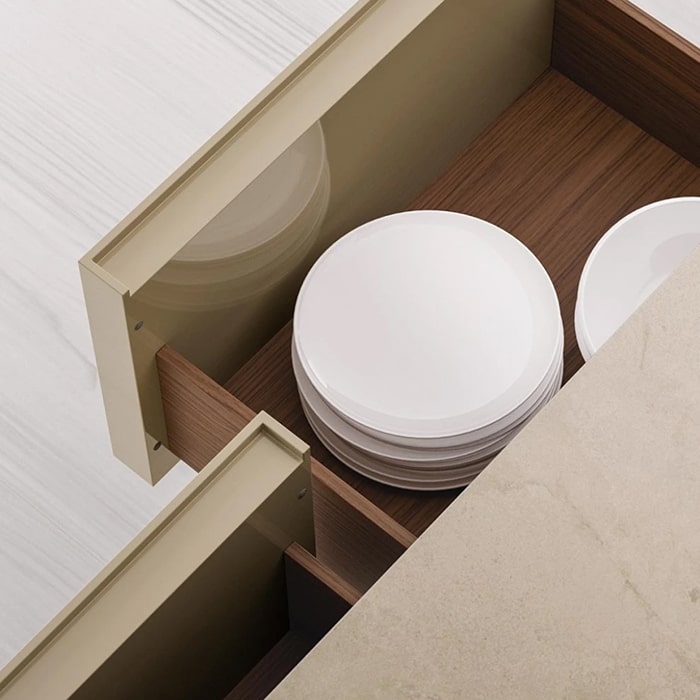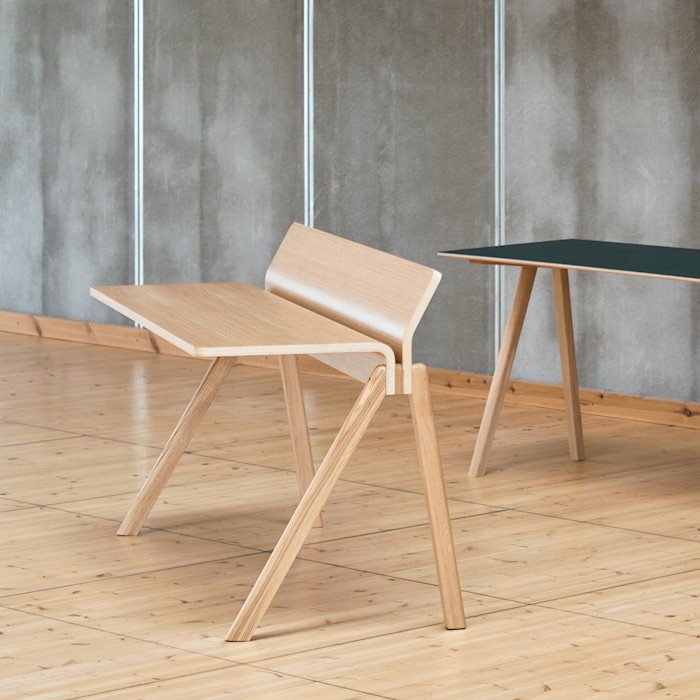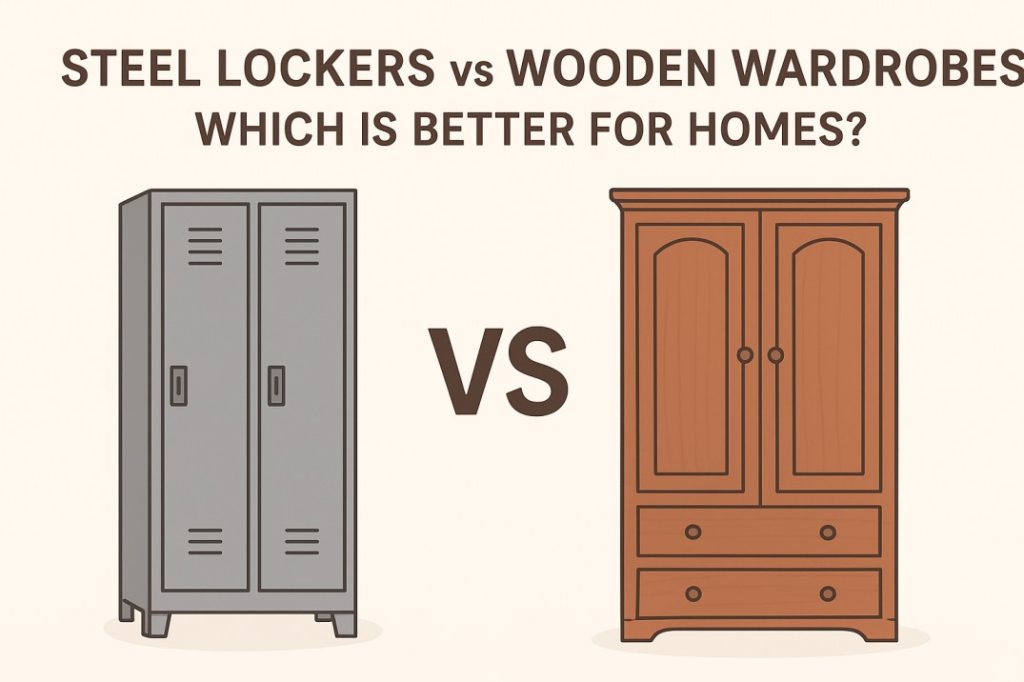Blog
Furniture Budget Guide: How Much To Spend on Furniture?

You’ve just moved into a new home or decided it’s finally time to upgrade that wobbly dining table and saggy sofa.
But then the big question hits you: “How much should I actually spend on furniture?”
The answer isn’t as simple as picking a number out of thin air.
Furniture shopping is a balance between comfort, style, and practicality — without draining your bank account. In this guide, we’ll walk you through real-world furniture budgets, cost breakdowns by room, and money-saving strategies that keep your home looking beautiful and your finances healthy.

Why Budgeting for Furniture Matters
Buying furniture is not like picking up groceries — it’s a long-term investment in your comfort and lifestyle. A well-thought-out budget helps you:
Avoid overspending on trendy pieces that lose appeal quickly.
Plan for quality so your furniture lasts longer.
Match your home’s style without compromising on functionality.
Prevent debt by setting realistic spending limits.
Think of it as creating a “financial blueprint” for your home.

Average Furniture Costs by Room
Furniture prices vary depending on quality, material, and where you shop. To give you a realistic idea, here’s an average furniture cost breakdown for common rooms in a mid-range home:
| Room | Budget-Friendly ($) | Mid-Range ($) | High-End ($) |
|---|---|---|---|
| Living Room | 1,500 – 3,000 | 3,500 – 7,000 | 8,000+ |
| Bedroom | 1,000 – 2,500 | 2,800 – 5,000 | 6,000+ |
| Dining Room | 800 – 2,000 | 2,200 – 4,500 | 5,500+ |
| Home Office | 500 – 1,500 | 1,800 – 3,500 | 4,000+ |
| Outdoor Furniture | 300 – 1,000 | 1,200 – 2,500 | 3,500+ |
Pro Tip: Always factor in delivery, taxes, and assembly fees — they can easily add 10–15% to your total cost.
How Much Should You Spend? – The Budgeting Rules
There’s no one-size-fits-all answer, but here are three proven methods homeowners use to set a realistic furniture budget:
1. Percentage of Home Value
Some interior designers recommend spending 10–50% of your home’s value on furnishings.
Example: If your home costs $250,000, you could allocate $25,000–$50,000 for furniture.
2. Percentage of Income
A more flexible method is spending 10–15% of your annual income.
Example: If you earn $60,000 annually, your furniture budget might be $6,000–$9,000.
3. Per-Room Budget Method
Divide your total budget based on room importance.
For example:
40% for living room
30% for bedrooms
20% for dining/kitchen
10% for miscellaneous spaces
Factors That Affect Furniture Costs
Your budget can stretch or shrink depending on these key elements:
Material Quality – Solid wood and genuine leather cost more but last longer.
Brand Reputation – Well-known furniture brands often carry a price premium.
Custom vs. Ready-Made – Custom pieces are pricier but perfectly fit your space.
Location & Delivery Fees – Rural deliveries often cost more.
New vs. Second-Hand – Pre-loved furniture can save you thousands if chosen wisely.
Money-Saving Tips Without Sacrificing Quality
You don’t need to spend a fortune to create a stylish and comfortable home.
Shop Sales & Clearance Events – Black Friday, end-of-season sales, and store closing events can offer 30–70% off.
Mix High & Low – Splurge on your sofa, save on side tables.
Consider Refurbished or Second-Hand – A little sanding and fresh paint can make older furniture look brand new.
Buy in Stages – Furnish essential rooms first, then add decor pieces over time.
Use a Furniture Budget Calculator – Plan purchases before hitting the store.
Common Mistakes to Avoid
Even the most budget-conscious buyers can slip up:
Overspending on Trends – That neon coffee table might be fun now, but will you love it in five years?
Ignoring Measurements – A gorgeous sofa is useless if it doesn’t fit through your front door.
Forgetting the “Hidden Costs” – Delivery, setup, and warranty fees add up quickly.
Matching Everything Too Perfectly – Your home should feel personal, not like a furniture showroom.
Frequently Asked Questions
What percentage of income should I spend on furniture?
Around 10–15% of your annual income is a safe guideline, but adjust based on your priorities and other expenses.
How much does it cost to furnish a new apartment?
A one-bedroom apartment can cost anywhere from $3,000–$7,000 to fully furnish, depending on quality and style.
Is it worth buying expensive furniture?
If you want durability, comfort, and timeless style, investing in quality pieces can save money in the long run.
Conclusion
Deciding how much to spend on furniture isn’t just about numbers — it’s about creating a space that feels like home without straining your finances. By using budgeting rules, considering quality factors, and making smart buying choices, you can design a beautiful, functional space that lasts for years.



